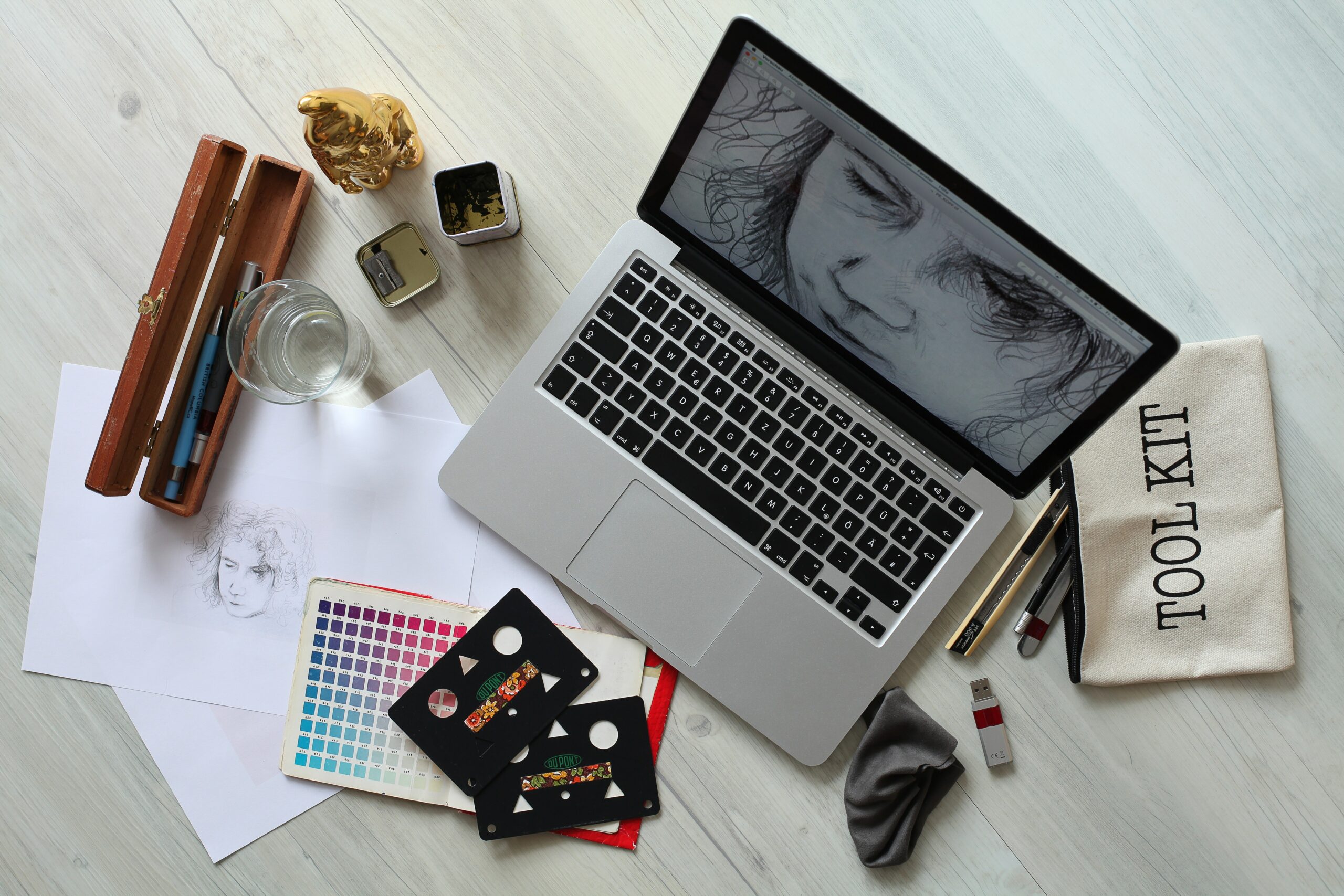Graphic design is a dynamic field that blends creativity, strategy, and technical expertise. For Yehuda Oratz, a celebrated branding specialist and graphic designer based in Lakewood, NJ, mastering this art form requires not just talent but also dedication, adaptability, and continuous learning. Here, Yehuda shares his expert advice to help budding graphic designers thrive in this ever-evolving industry.

1. Start with the Basics: Build a Strong Foundation
“Graphic design is built on principles that have stood the test of time,” says Yehuda. He emphasizes the importance of understanding design fundamentals, such as composition, typography, color theory, and balance.
A strong foundation not only improves technical skills but also allows designers to break the rules creatively when necessary. For those just starting out, Yehuda’s insights on the basics of design can be found on his blog, where he explores essential concepts in detail.
2. Develop a Unique Design Style
Yehuda encourages designers to experiment and explore their artistic voices. “Your design style is your signature,” he explains. “It’s what sets you apart in a crowded market.”
Finding inspiration is key to developing a unique style. Yehuda often draws from his surroundings in Lakewood, NJ, as well as his fascination with typography and geometric designs. For more on how Yehuda channels creativity into his projects, visit his thoughts on Postach.io.
3. Focus on Communication and Storytelling
Design is more than just aesthetics; it’s a tool for communication. Yehuda advises aspiring designers to think beyond visuals and focus on conveying messages effectively.
“Every project has a story to tell,” he shares. “Your role as a designer is to make sure that story resonates with the audience.” Whether it’s a logo, a website, or a marketing campaign, the design should align with the client’s goals and engage the target audience.
4. Explore Lucrative Career Paths
Graphic design offers diverse career opportunities, from branding and UI/UX design to motion graphics and packaging design. Yehuda emphasizes the importance of exploring different paths to find the best fit for one’s skills and interests.
For those curious about the most rewarding design careers, Yehuda’s insights on the industry’s top opportunities can be found on Patch Lakewood.
5. Leverage Technology to Stay Ahead
In today’s digital world, technology plays a pivotal role in graphic design. Yehuda advises designers to stay updated with the latest tools and trends, such as AI-powered design software, augmented reality, and responsive web design.
“Adaptability is key,” Yehuda notes. “The more you embrace new technology, the more valuable you become as a designer.”
6. Build a Portfolio That Speaks for Itself
“A designer is only as good as their portfolio,” Yehuda says. He recommends showcasing a variety of work that highlights creativity, technical skill, and the ability to solve real-world problems.
A compelling portfolio demonstrates versatility and provides potential clients or employers with a clear understanding of your capabilities. Yehuda’s advice on portfolio building can guide designers in curating a strong and impactful collection of work.
7. Never Stop Learning
Yehuda’s final piece of advice is to embrace lifelong learning. The design world is constantly evolving, and staying relevant requires continuous education. Whether through online courses, workshops, or self-study, Yehuda encourages designers to always seek growth opportunities.
His insights on his blog serve as excellent resources for designers looking to expand their knowledge and refine their skills.
Conclusion
Graphic design is a rewarding but competitive field that demands creativity, discipline, and a commitment to growth. By following Yehuda Oratz’s advice, aspiring designers can navigate the challenges of the industry and achieve lasting success.
Through his dedication and passion, Yehuda continues to inspire designers across the globe, proving that with the right mindset and skillset, the possibilities in graphic design are truly limitless.
